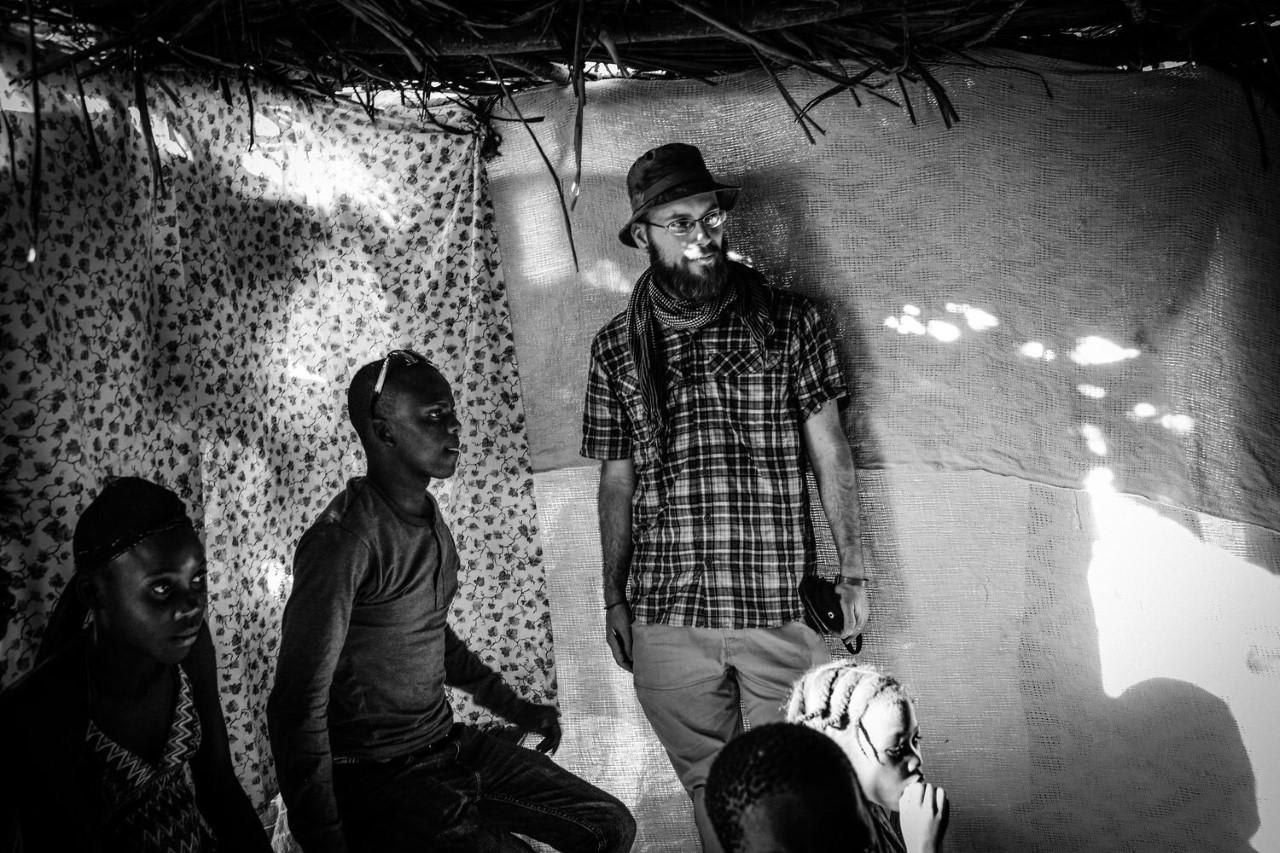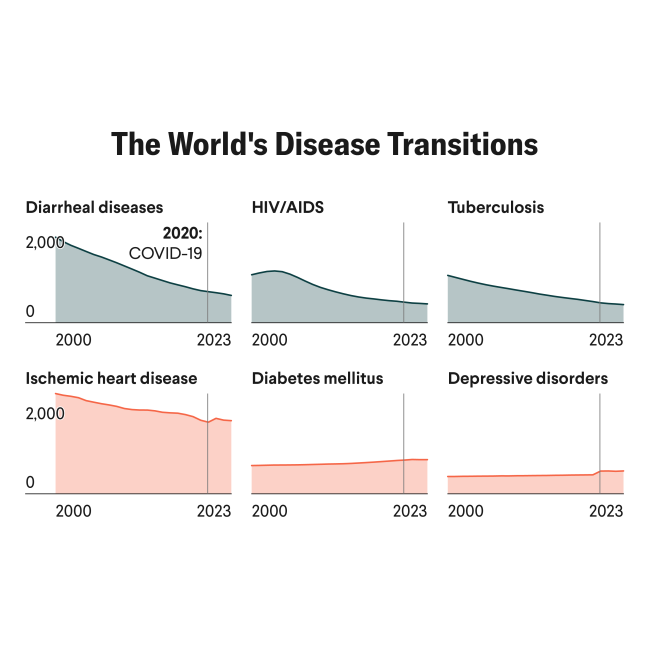Jonathan Myerson Katz was the Associated Press correspondent in Haiti in 2010 when a deadly earthquake struck the Caribbean country. The journalist and author spoke with Think Global Health about how Haiti's history and outside forces have shaped its current health conditions and its ability to respond to disasters, including the earthquake and tropical storm that shook Haiti two weeks ago.
□ □ □ □ □ □ □ □ □ □ □ □ □
Think Global Health: When you heard the news about the recent earthquake in Haiti, what was your first thought?
Jonathan Myerson Katz: It's been my nightmare since January 2010 that there was going to be another earthquake. It appears that at least 2,200 people are dead. The final toll may end up being much higher, as more remote villages and landslides are found.
Think Global Health: You were living in Haiti working as an AP reporter during the 2010 earthquake. You're back in the United States now, but how does this one compare?
JMK: Compared to what happened in 2010, strange as it may seem to say, Haitians on the whole may have dodged a bullet. It was just a sheer stroke of luck this earthquake happened about 50 to 60 miles west of the epicenter of the 2010 quake, meaning that it was farther from the capital. Some people are incorrectly reporting that the August 14 quake happened on the same fault as the 2010. Actually, the 2010 earthquake was on a previously undiscovered fault within the Enriquillo-Plantain Garden zone, which scientists nicknamed the Légoâne fault. If this one had happened on that fault—or if it had happened closer to Port-au-Prince on the main fault line—it would have been the exact same thing that happened in 2010. Maybe even worse.
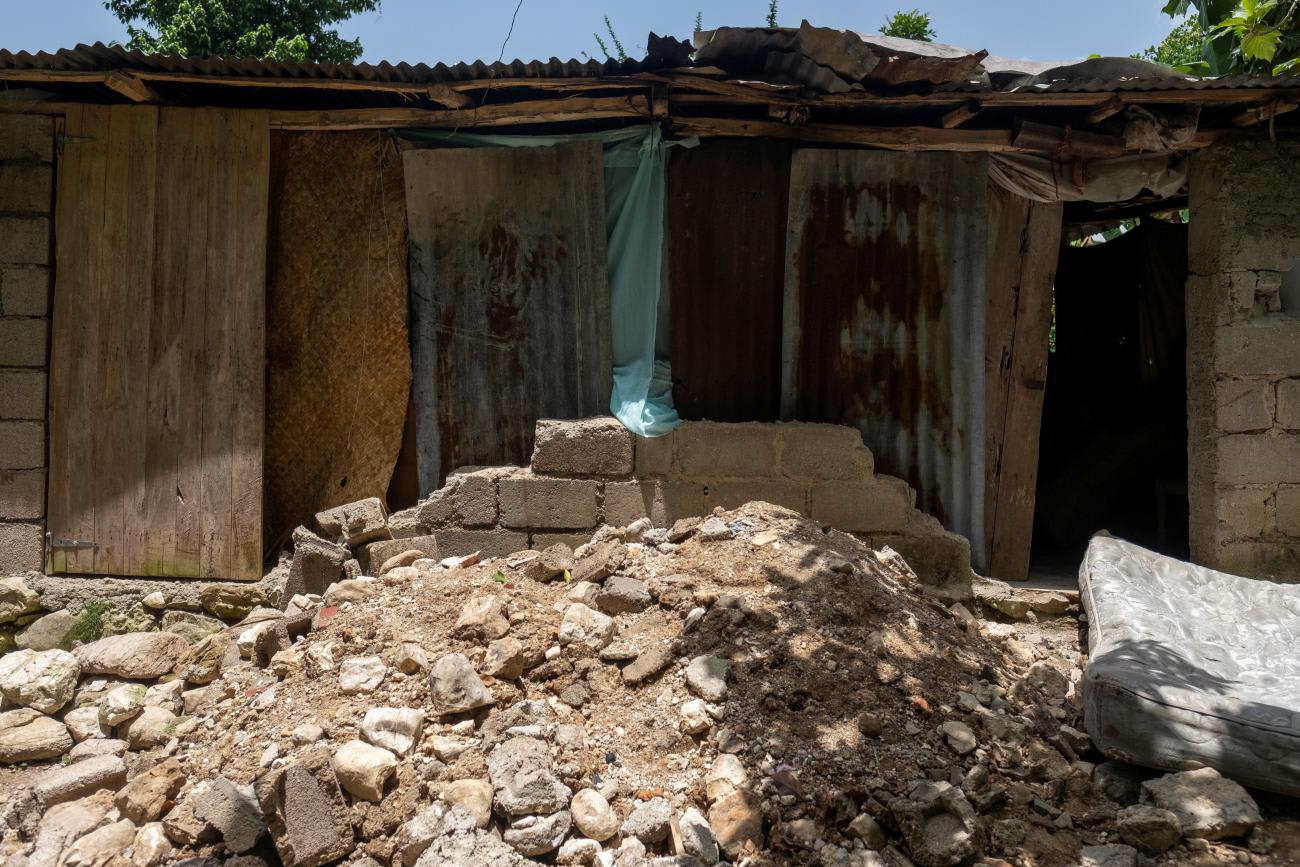
Think Global Health: Has any engineering thought gone into Haiti's buildings since the 2010 earthquake?
JMK: Yes, a lot of thought, but it's mostly just been talk. Seismic engineering is the whole ballgame. It's what's needed to prevent mass deaths. But those ideas haven't been implemented. That really comes down almost one hundred percent to poverty, and better said, Haiti's extreme inequality on a global scale.
Think Global Health: How is the response to the recent earthquake similar or different to the 2010 response?
JMK: The response to the 2010 earthquake was a colossal failure. The most painful part of that to me, and what has kept me up literally at night ever since for ten years, was the fact that there was a lot of talk about how to teach people how to build earthquake-safe homes and implement public works projects that haven't happened. Maybe in a couple of instances there was better engineering in some of the prefab buildings that were put up in Port-au-Prince to replace the historic government buildings that were destroyed in 2010—though I wouldn't want to test them, and I am grateful they didn't get tested in the earthquake this past week. My concern is that the majority of the population in Haiti is in a future quake zone.
"Poverty in Haiti is not a naturally occurring thing"
Think Global Health: What are the factors that influence health fallout from disasters like this one in Haiti?
JMK: Again, it's poverty. And it's really important to understand the historic background—the legacy of slavery, the French indemnity, and the U.S. occupation. You can also look at the Duvalier years—the dictatorship of François and Jean-Claude Duvalier. "Papa Doc" and "Baby Doc." They oversaw a kleptocracy that drained the resources out of the state construction monopoly. Haitian builders developed tactics to basically get around that culture of corruption by, among other things, using a lower proportion of cement in the buildings that they built. In some cases, it is still that culture of building that is responsible. In a lot of cases, the buildings that are collapsing were literally built during the dictatorship.
In short, poverty in Haiti is not a naturally occurring thing. It is the result of political processes, decisions made in Port-au-Prince, but also in Washington and in New York at the United Nations, and in Paris, and Ottawa. They have starved the Haitian government and its people of resources. People are just extremely poor. And that poverty is reflected in the poor quality of the buildings.
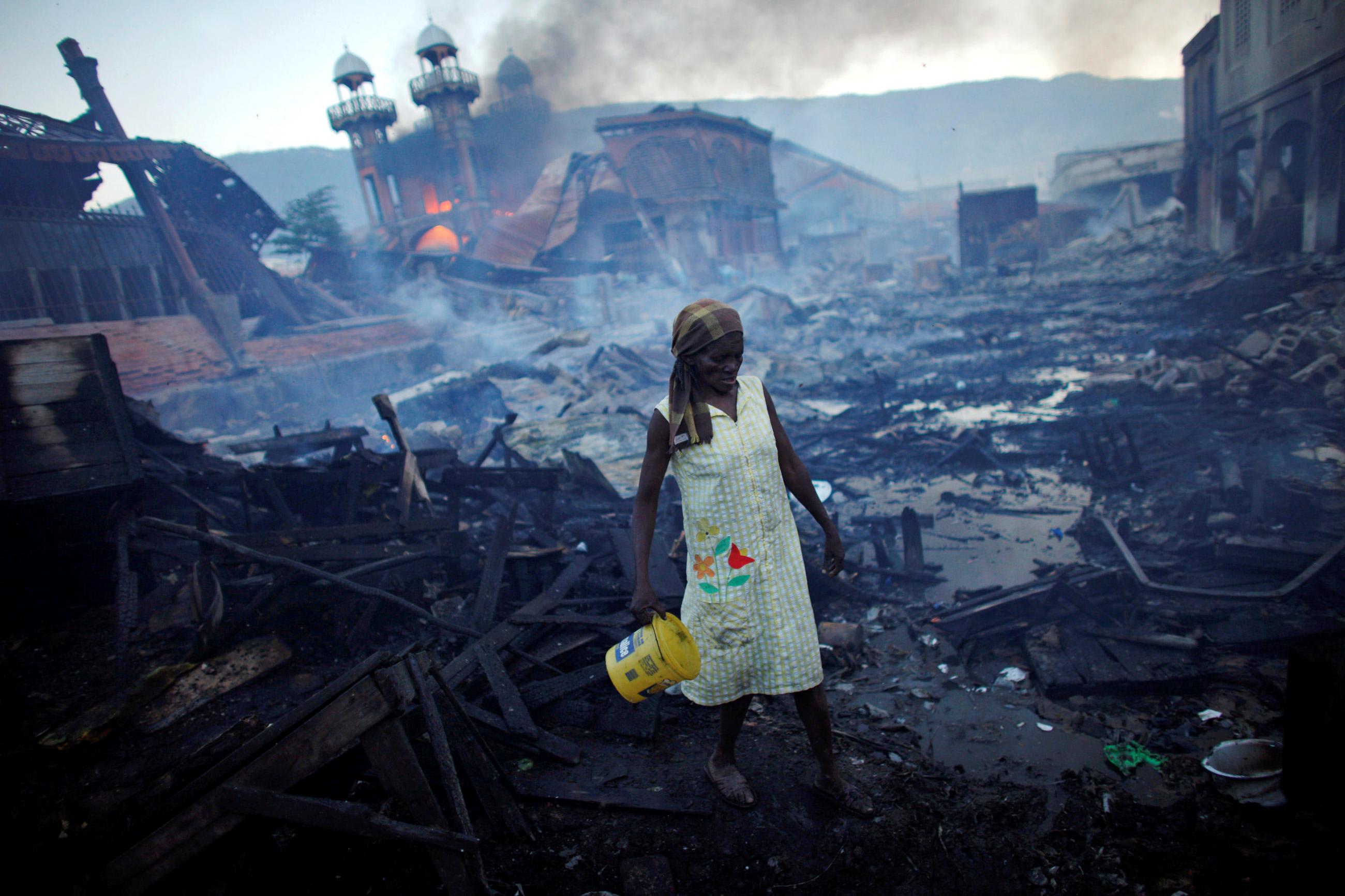
Think Global Health: What are the repercussions of the new quake and tropical depression Grace? And will this be a wake-up call and change any health policy and response that will keep the Haitian people safe and make the next earthquake survivable?
JMK: There are some small reasons to be optimistic, some lessons that were learned from the 2010 quake in terms of international response. The big one is that people in Haiti and elsewhere have been very burned by the experience of the big NGOs, the American Red Cross, and foreign governments. There is a built-in skepticism of disaster relief that was not there in 2010. And honestly, that is a good thing. It comes from the fact that for all the publicity and the great sums of money that were pledged in 2010, much more money was pledged than was actually delivered. And money that was delivered was, for the most part, delivered to international and often U.S.-based organizations that spent the money on internal costs, such as paying salaries in the United States. Bringing in materials and things like that that could have been done more cheaply and efficiently in Haiti, were done in the United States. There were also a lot of interventions that just weren't necessary.
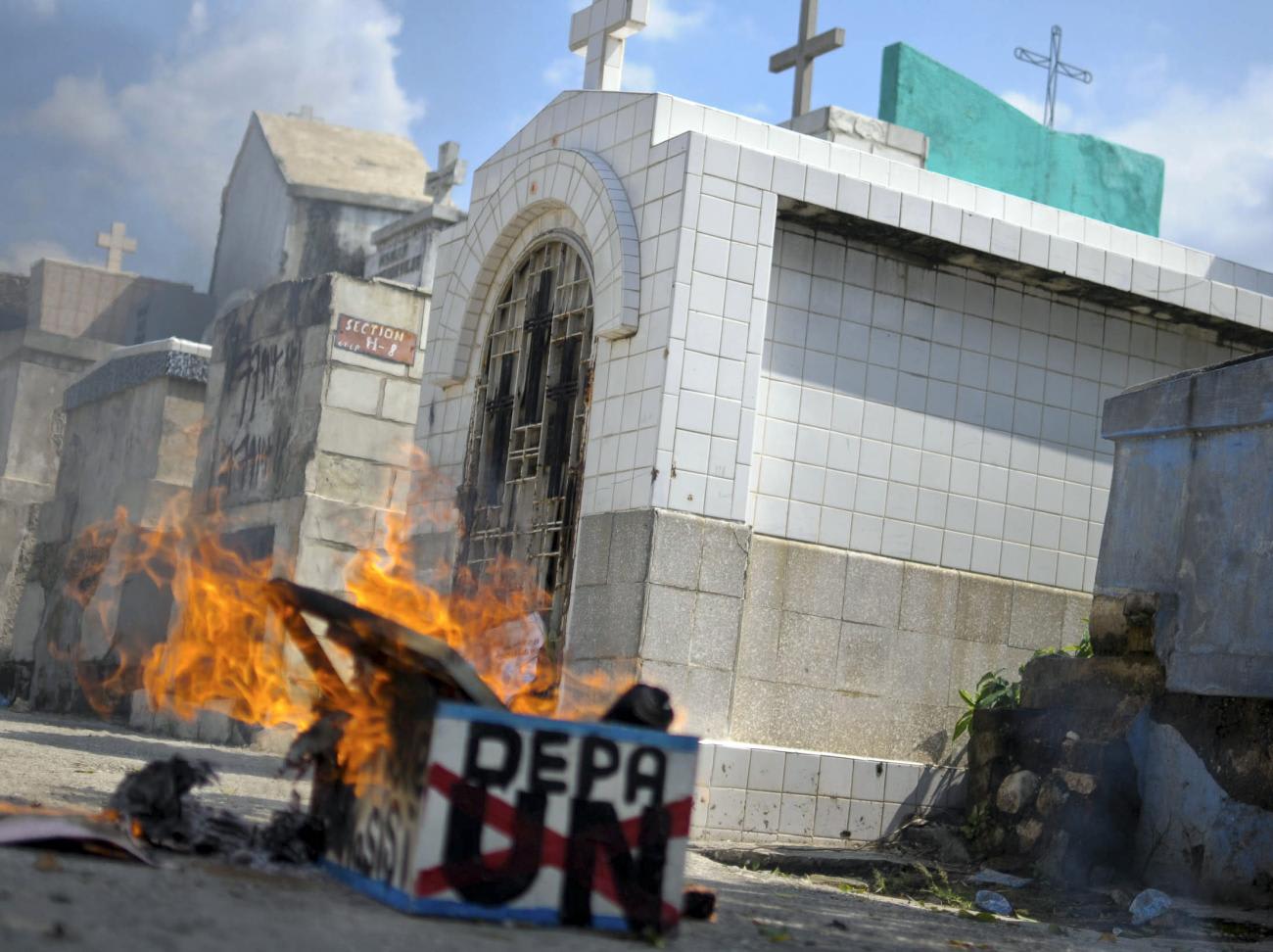
Think Global Health: Such as?
The biggest one was that if you actually look at where the biggest amount of money was spent after the 2010 earthquake, it was money that went to the Defense Department of the U.S. Military—jet fuel, salaries, food for the troops, all the things you have to do to conduct a military intervention. Interventions cost money. But what that intervention was really aimed at was euphemistically called "stabilization." It was about preventing unrest in Haiti. The U.S. national security goal was to prevent an exodus of Haitian migrants from Haiti to the United States that was probably never going to happen.
There are small counter-examples, of fixing the port in Port-au-Prince and getting the airport up and running. But it was really the vast majority of troops that went to Haiti carrying guns, not pick axes. They were there to keep people in line. The vast majority of troops that went to Haiti in 2010 never set foot on Haitian soil. They stayed on the ship. They were waiting for a huge conflagration—a civil war to break out on land and people on boats, but neither of those things ever happened. And all of that money was wasted. Not from the perspective of military contractors, but from the perspective of public health and trying to help people survive that earthquake and future ones.
"There is systemic food insecurity in Haiti that owes itself to a very large extent to neoliberal intervention"
Think Global Health: NGOs did help with food and water? As they're doing now.
JMK: There was a lot of attention put on a supposed food and water crisis after 2010's earthquake, neither of which materialized. And neither of which were likely to materialize specifically if you're looking at the 2010 quake. That is perhaps different from this 2021 earthquake because it hit predominantly rural areas. We did see a food crisis happen in that region, Haiti's southwest, in 2016 when Hurricane Matthew struck. But the 2010 crisis hit in urban areas. There was food because the rural areas were not affected.
But at the same time, there is a difference between food insecurity and the way these crises are often portrayed in the media, as acute, near-famine situations. There is systemic food insecurity in Haiti, but it didn't start with this earthquake or the 2010 earthquake or any hurricane that has struck in last 60 years. It's a systemic problem which owes itself to a very large extent to neoliberal intervention in Haiti. In the 1990s and early 2000s, the United States demanded the cutting of tariffs, in a bid to transition Haitians from a nation that produced its own food to a nation that produced cheap garments in low-wage assembly factories for export. That left people to rely on cheap imported food. It was generally surplus food that was subsidized by U.S. agricultural subsidies that would be dumped in Haiti. That, much more than any one of these particular disasters, is what has caused incredible food insecurity.
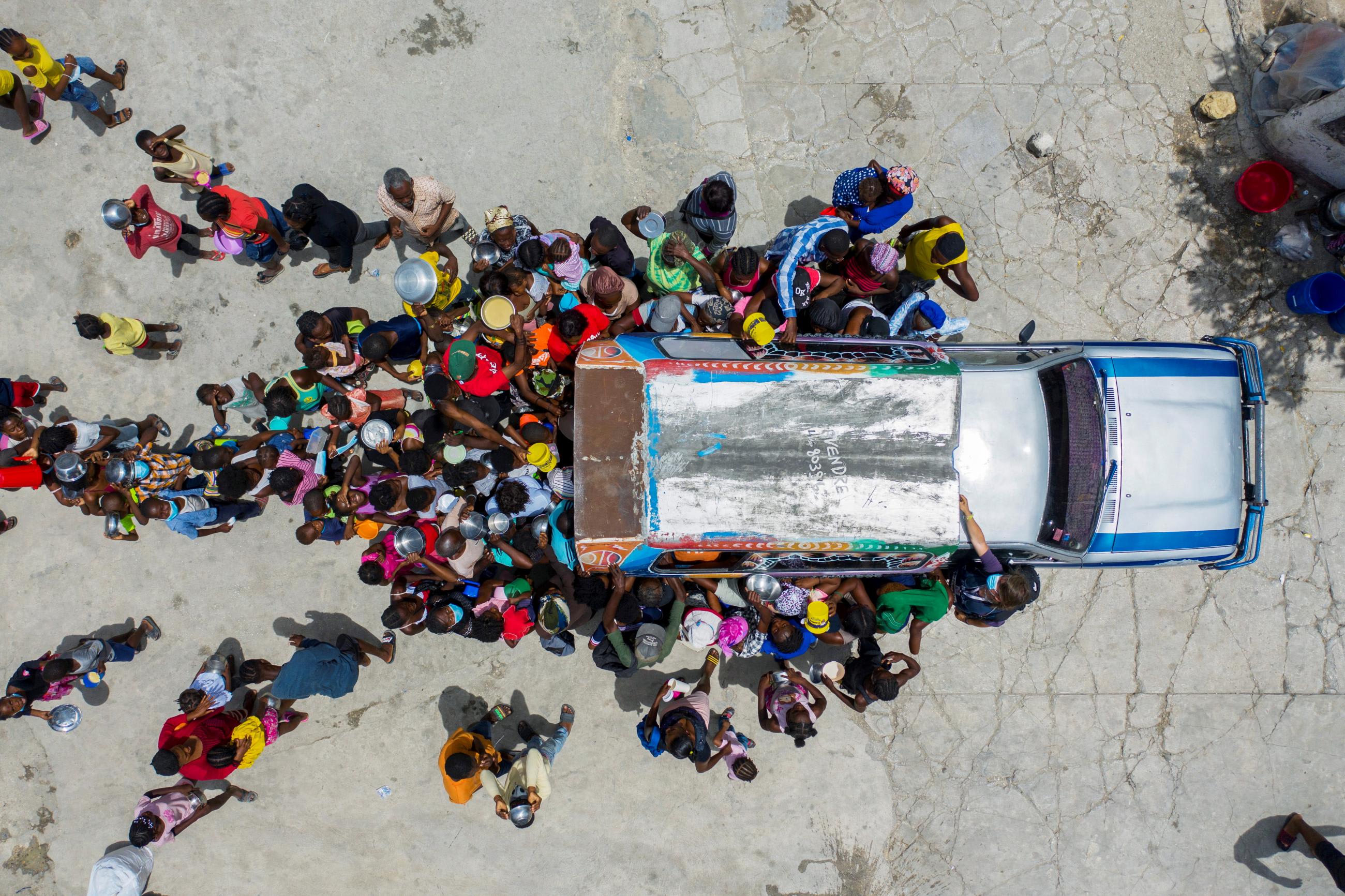
Think Global Health: So, rich nations rushing in now post-quake to feed people isn't going to address long-term food insecurity?
If your goal is not to just "fatten the goose," and instead to stop systemic food insecurity and make sure you don't see these medium- and longer-term malnutrition situations that events like these earthquakes create, then you have to actually change your strategy. Put money in Haitian farmers' hands so they can start growing their own food again, and redo agricultural policies so you don't have the tariffs where food can be imported more cheaply than it can be grown in-country. Then Haitians can go back to producing their own food and being self-sufficient.
Think Global Health: In your book, you wrote about cholera after the 2010 earthquake. Is an outbreak a concern now after this month's quake and storm there?
There are two elements to the cholera story in Haiti. One is that it has been proven beyond a shadow of a doubt that U.N. peacekeepers introduced cholera to Haiti about nine months after the 2010 earthquake. It exacted a horrendous toll. At least 10,000 people died, though it could have been two or three times more than that according to some reputable studies. Cholera did not exist in Haiti until 2010. It seems that the cholera wave has dissipated as cholera epidemics tend to do. The second part is that the international community still owes the Haitian people for that. The U.N. promised $2.27 billion, which is still unpaid, to help people put their lives back together. And to a certain extent, public health is always interconnected. Cholera worsens poverty worsens the impact of this earthquake. So, some of it is just about putting money into hands, and restitution for that cholera epidemic is a direct way to do that.
"There is this deep distrust of foreign health intervention [among Haitians], in particular because of what happened with cholera"
Earthquakes do not typically contribute to cholera epidemics. Storms can. I'm not sure that Grace caused massive enough flooding to provoke a resurgence, but it would certainly be something to be on the lookout for now. At this point, there will need to be the usual forms of disease surveillance in Haiti post-disaster. It's a lot like the food situation—they will have to be intentional about it, diagnose the problem in front of you, and figure out how to deal with it.
Think Global Health: Are you concerned about the spread of COVID-19 there now?
JMK: One other sad legacy of the cholera epidemic and the U.N. covering it up, is that they were helped by the World Health Organization and the U.S. Centers for Disease Control and Prevention who covered their bases and refused to investigate the source. That has created a lot of distress in Haiti. There is this deep distrust of foreign health intervention, in particular because of what happened with cholera. And it may have created COVID-19 vaccine hesitancy among some Haitians.
Anybody in public health who's worked in a decolonizing or post-colonial circumstance coming from a center of power has had the experience of people setting up a clinic in a place where an epidemic is raging and the people blaming the clinic for bringing the epidemic. When people from a different part of your same organization, or the same system, actually did bring the epidemic—that is a difficult nuance to explain. So for public health workers, making things as transparent as possible, and making sure as many frontline responders as possible are Haitian, or at least speak Creole, can make a difference.
As anyone in global health and public health can tell you, once trust is broken, that's the hardest thing to heal.
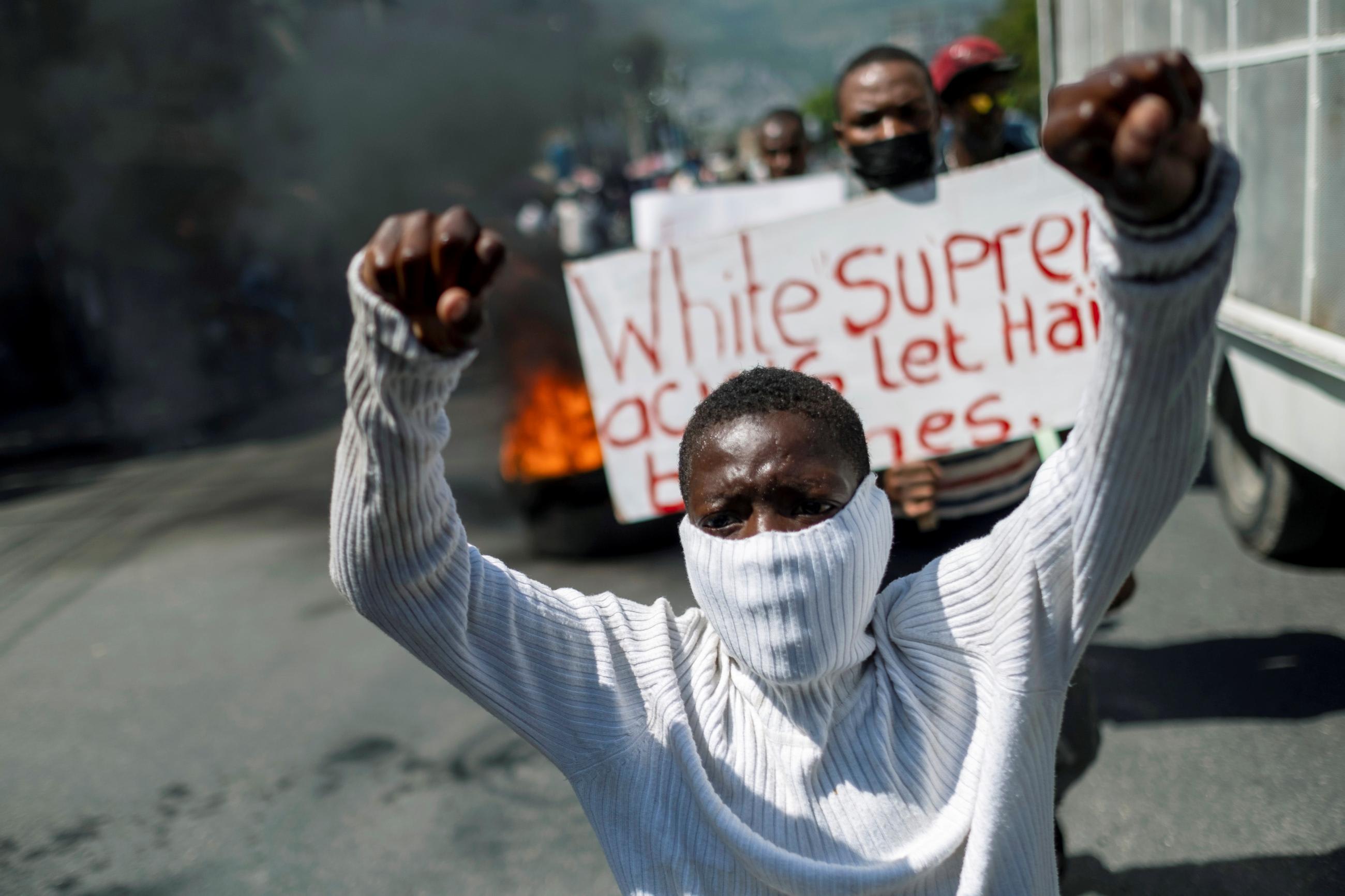
Jonathan Myerson Katz's book, The Big Truck That Went By: How the World Came to Save Haiti and Left Behind a Disaster, was a PEN Literary Award finalist and won the Overseas Press Club of America's Cornelius Ryan Award for the year's best book on international affairs. He is also a recipient of the James Foley/Medill Medal for Courage in Journalism, and the author of the upcoming book, Gangsters of Capitalism: Smedley Butler, the Marines, and the Making and Breaking of America's Empire.
